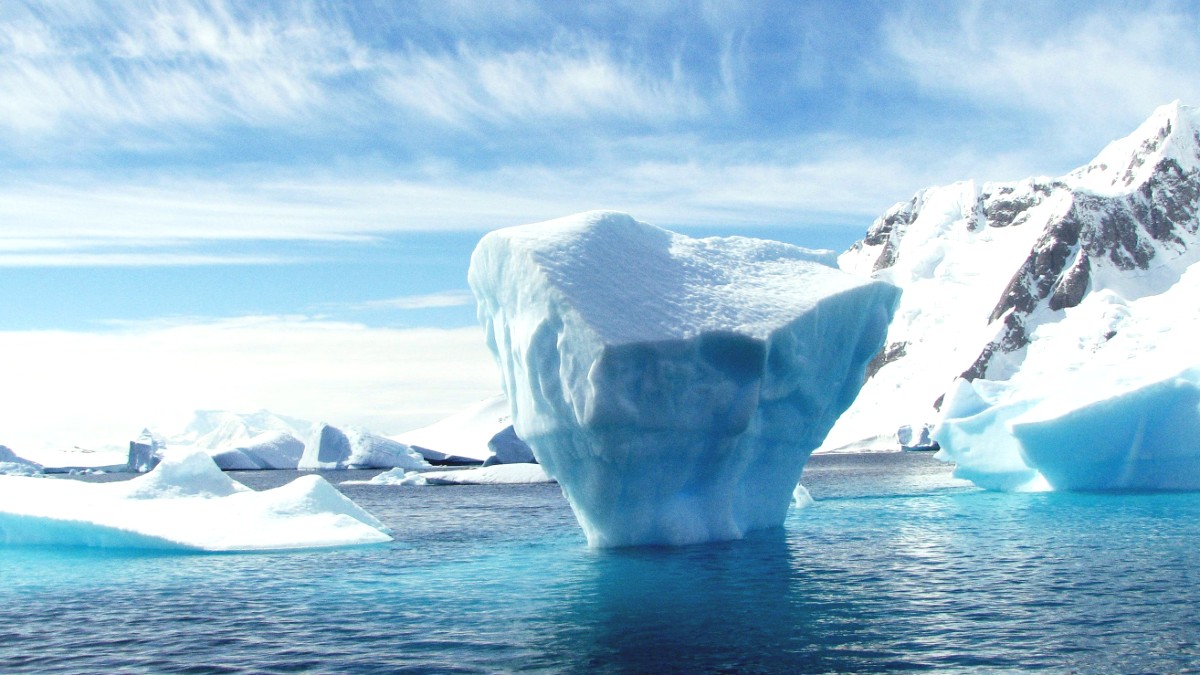
Air travel forms the first leg of your journey to Antarctica, taking you to your ship's departure point. Flights from major international hubs typically connect through large South American cities. No direct flights from North America or Europe exist directly to Ushuaia or Punta Arenas.
Flights to Ushuaia and Punta Arenas become most frequent and expensive during the Antarctic summer season (November-March). Book these flights well in advance, preferably as soon as your expedition is confirmed. Prices tend to rise closer to the departure date.
Book flights as soon as your expedition is confirmed.
Flights to embarkation ports are a separate major expense.
Arrive a day or two early at your embarkation city.
Ushuaia and Punta Arenas airports have cafes, small shops, and currency exchange services.
Airports are structured to manage the seasonal influx of Antarctic travelers.
Taxis are available; many operators arrange pre-booked transfers to hotels or ships.
Land transportation is not applicable for direct travel To Antarctica itself. The vast ocean separates the continent from any landmass reachable by road or rail. However, land travel may be relevant within your embarkation country before boarding your ship.
If your itinerary includes overland travel between Argentina and Chile before your cruise, understanding border crossing procedures is important. No train services connect major embarkation cities to other countries relevant for an Antarctic journey.
Renting a car in Argentina or Chile is possible. It typically calls for a valid driver's license from your home country, and an International Driving Permit (IDP) is strongly recommended or even required by some rental agencies.
Long-distance buses connect cities like Ushuaia, El Calafate, and Punta Arenas, proving a common and affordable way to explore Patagonia before or after your cruise.
Your departure from Antarctica marks the final segment of your journey. Disembarkation from the ship usually happens in the morning back at the original embarkation port. The ship's crew handles all necessary paperwork for Antarctic Treaty compliance.
Ushuaia and Punta Arenas airports maintain basic facilities for departing travelers, including check-in counters, security checkpoints, and limited retail or food options. You can purchase last-minute souvenirs or grab a meal before your flight.
Factor in extra time to relax before your flight.
Weather or sea conditions can sometimes delay ship arrival.
Ushuaia and Punta Arenas are the main departure cities.
The vast majority of visitors arrive in Antarctica by expedition cruise ship. This mode of transport offers the specialized access needed for the continent. Standard large cruise ships also visit the Antarctic Peninsula, but these larger vessels typically offer limited or no landings due to environmental regulations.
Standard exit procedures for the embarkation country apply before boarding your ship. You will clear immigration when leaving Argentina or Chile. Upon your return, you will re-enter the country of disembarkation through standard immigration processes.
Not applicable for reaching Antarctica.
Not applicable as a direct route to Antarctica; limited to gateway ports.
Ushuaia and Punta Arenas are the main cruise ports for expeditions.
Arrive at your embarkation city at least one full day before your ship departs. This allows for flight delays, baggage issues, and time to relax before boarding.